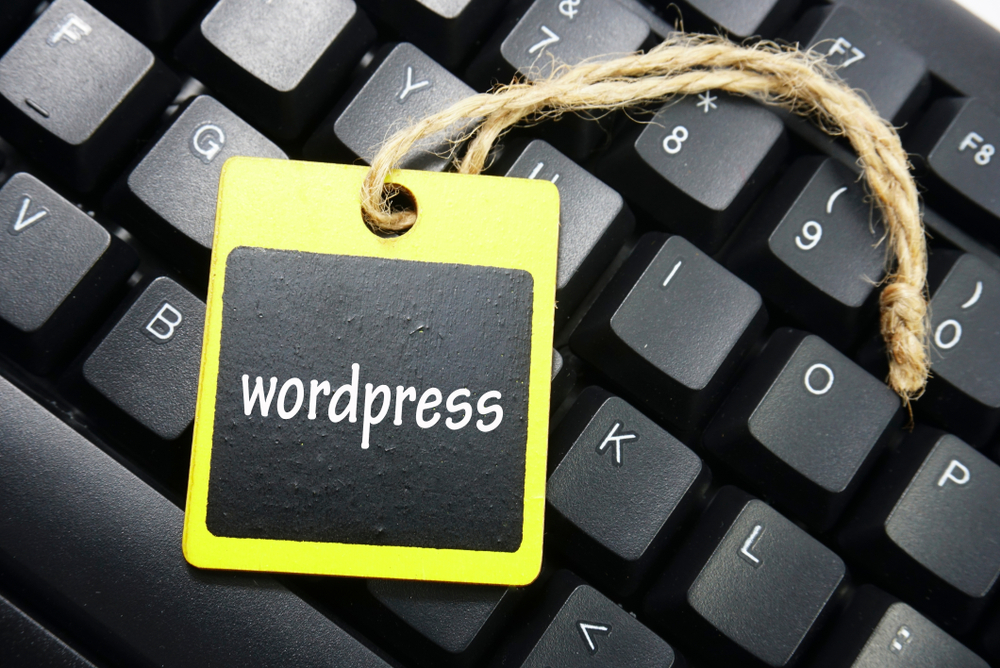
WordPress is undoubtedly one of the most popular content management systems (CMS) available today. Known for its user-friendly interface and extensive customization options, WordPress has empowered millions of individuals and businesses to create stunning websites without any coding knowledge. In this article, we will explore some essential tips and tricks to help you master WordPress (the blogging platform) customization and maintenance.
1. Choose the Right Theme
The theme you select plays a crucial role in the overall appearance and functionality of your WordPress website. There are thousands of free and premium themes available, each offering different layouts, colors, and features. When choosing a theme, consider your website's niche and intended purpose. Look for a responsive theme that will adapt to different screen sizes, and ensure that it is regularly updated by the theme developer for optimal performance and security.
Another important aspect to consider is the theme's compatibility with popular plugins and customization options available. By doing thorough research and reading user reviews, you can find a theme that aligns with your vision and provides the necessary flexibility for customization.
2. Customize with Plugins
WordPress plugins are a powerful tool for extending the functionality of your website. With over 55,000 plugins available in the WordPress (WP) Plugin Directory, you can find a plugin for almost any feature or functionality you desire.
Before installing a plugin, consider if it is actively maintained and has positive reviews from users. Outdated or unsupported plugins can pose security risks and may not work well with the latest version of WordPress (the platform for bloggers) . Additionally, having too many plugins can slow down your website's performance, so it's important to choose only the necessary ones.
Some popular plugins for customization include:
- Yoast SEO: Helps optimize your website for search engines. WooCommerce: Transforms your WordPress site into an e-commerce platform. Contact Form 7: Allows you to easily create and manage contact forms. WP Super Cache: Improves your website's loading speed by creating static HTML files.
By carefully selecting and configuring plugins, you can add the desired features to your website without complicated coding.
3. Take Advantage of Widgets
Widgets provide a simple way to add additional content and functionality to your WordPress website. They can be placed in sidebars, footers, or any widget-ready area of your theme. To access and manage widgets, go to the "Appearance" section in your WordPress (or WP) dashboard and select "Widgets".
Common widgets include:
- Recent Posts: Displays a list of your latest blog posts. Categories: Shows a list of categories on your website. Tag Cloud: Visualizes the popularity of different tags on your site. Search Bar: Allows visitors to search for specific content on your site.
Widgets provide an easy way to enhance user experience and encourage visitors to explore more content on your website.
4. Regularly Update WordPress and Plugins
WordPress, along with its themes and plugins, constantly release updates to enhance security, fix bugs, and introduce new features. It is essential to keep your WordPress installation, themes, and plugins up to date to ensure optimal performance, security, and compatibility.
To update WordPress, navigate to the "Dashboard" section of your WordPress admin panel. If an update is available, you will see a notification with a link to update your installation.
For plugins and themes, go to the "Plugins" or "Themes" section and click on the respective update links. Additionally, you should regularly review and delete any unused themes or plugins as they can become a potential security risk if not maintained.
5. Optimize for Speed and Performance
Website speed is crucial for user experience and search engine optimization. Slow-loading websites can lead to high bounce rates and negatively impact your search engine rankings.
To optimize your WordPress site for speed:
- Use a reliable and fast hosting provider. Optimize your images by compressing them without compromising quality. Enable caching through plugins like WP Super Cache or W3 Total Cache. Minify and combine CSS/JS files to reduce the number of HTTP requests. Remove unnecessary plugins and themes.
By following these optimization techniques, you can ensure faster loading times and a better user experience for your visitors.
Frequently Asked Questions (FAQs)
Q: Can I switch themes without losing my content?
A: Yes, your website content, including posts and pages, will remain intact when you switch themes. However, the appearance and formatting may change, so it's essential to preview the new theme before making it live.
Q: Are free themes as good as premium themes?
A: While there are excellent free themes available, premium themes often offer more advanced features, dedicated support, and regular updates. It ultimately depends on your specific needs and budget.
Q: How can I protect my WordPress site from hackers?
A: To enhance WordPress security, ensure you're using strong passwords, regularly update WordPress and plugins, install a reputable security plugin like Wordfence or Sucuri, and regularly backup your website.
Q: Can I add an online store to my WordPress site?
A: Yes, you can easily add an online store to your WordPress site using the WooCommerce plugin. WooCommerce provides a comprehensive set of tools to manage products, payments, and inventory for your e-commerce business.
Q: How often should I update my WordPress installation and plugins?
A: It is best practice to update your WordPress installation, themes, and plugins as soon as updates are available. Regular updates improve security, fix bugs, and ensure compatibility with the latest version of WordPress.
With these essential tips and tricks, you will be well on your way to mastering WordPress customization and maintenance. Remember to choose the right theme, leverage plugins and widgets, regularly update your WordPress installation, optimize for speed and performance, and follow best practices for security. Happy WordPressing!
Other useful resources
- https://www.wordpress24plus.com/services/wordpress-developer/
- https://www.wordpress24plus.com/topics/wordpress-tips-and-tricks/
- https://www.wordpress24plus.com